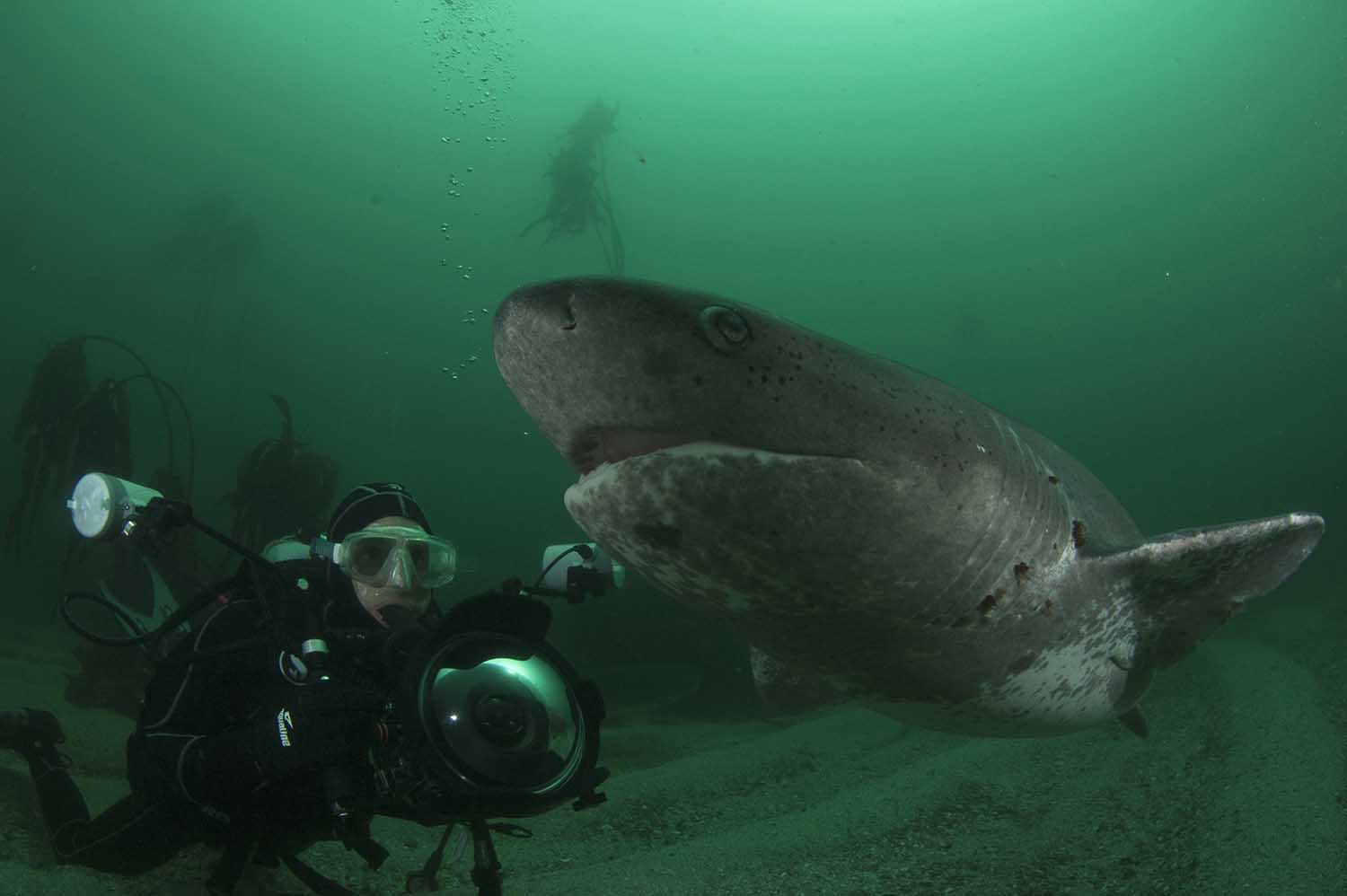table mountain national park MPA
"mountains and the sea"
Cape Town, Western Cape
Vibrant reefs, seals, penguins and the Great African Kelp Forest, the ocean treasures surrounding the iconic Cape Peninsula are plentiful.
The 956 km2 Table Mountain National Park (TMNP) MPA was proclaimed in 1977 and revised in 1994 and 2004 and is managed by South African National Parks. The MPA is located in a transition zone between the Agulhas Ecoregion and the Cape region within the broader Southern Benguela Ecoregion and supports a rich diversity of marine species. Water temperatures vary widely between the False Bay and Atlantic sides of the MPA. Threatened and protected species include white sharks, abalone, African penguins and several over-exploited line fish species, such as galjoen, silver kob and geelbek.
It is a culturally significant area as it contains fish traps, numerous wrecks and traditional fishing communities. The TMNP MPA has a complex zonation of restricted (no-take) and controlled areas. It also contains three harbours and six small vessel launching sites. The MPA is important for commercial fisheries such as the West Coast rock lobster industry and the traditional linefishery, components of which are based in the MPA. It is also a popular destination for recreational anglers, snorkellers and divers. Spectacular dive sites include Starwalls (8-36m) on the Atlantic side and Atlantis reef (5-29m) with forests of tall seafans found only in South Africa.
It is easy to access from Cape Town and famous landmarks such as Cape Point and the Boulders African penguin colony and the Duiker Island seal colony, contained within the Table Mountain National Park, make it is a very popular tourist destination, attracting local and international tourists.























